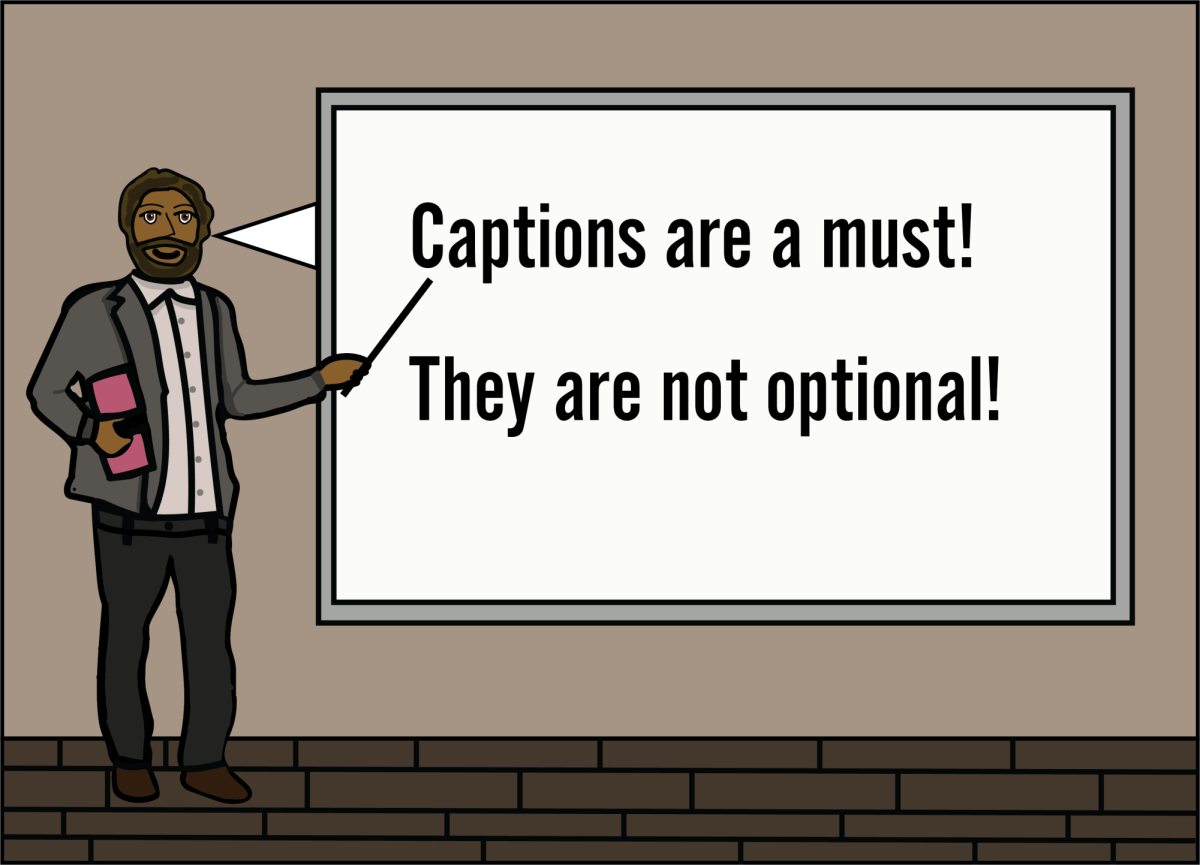Netflix but not so chill
November 11, 2022
Netflix’s ad-supported plan launched on Nov. 3 at $6.99 a month, which is $3 cheaper than the basic plan. Most students use streaming services as their primary or only form of TV. The most popular streaming services in the United States are Netflix, Hulu, Amazon Prime, and Disney+. According to Cloudwards.net, a website review site, approximately 85% of U.S. households have subscribed to at least one streaming service.
Streaming can be done anytime and anywhere. People have switched to streaming as the price of television and cable started to increase. There are many advantages of streaming: customers can catch up on our old favorite shows at any time they want, they can control what to watch and also explore new shows with no commitment. Shows can also be downloaded for offline use. There are different plans for different consumers, with different prices, different amounts of available content and often, an option to stream with or without advertisements.
According to Dr. David Snowball, professor of communication studies, consumers still pay for everything, even when they don’t know what they’re paying for. In this case, when we are watching something for free, we are the product being sold. As we watch ads, Netflix makes money by selling our time to advertisers.
“I watch very little television, even with streaming services. I understand that companies have to make money. They have to be able to stay in business, and that money has traditionally been coming from advertising support,” Snowball said.
Watching additional advertisements can be a deal-breaker for certain streaming customers.
“I think people might pay more to watch without advertisements as nowadays people get more impatient,” sophomore Zach Blair said. “If there are advertisements, it lowers the level of entertainment.”
While commercials might dissuade users from a cheaper plan, a low price is often what initially draws viewers to a streaming service. This is especially true for students, most of them prefer to watch advertisements and pay less instead of watching with no commercials and paying more.
“Hulu is cheap. There are more ads, but I don’t care because it’s cheap,” first-year Ram Liam Thang said.
On the other hand, sophomore Abhib Amatya said that the content of a streaming service determines what people are willing to pay.
“While I agree that Netflix charges a lot compared to other services, they have the biggest content library as well and their shows are the most loved ones,” Amatya said. “I would rather pay extra for a more diverse and larger content collection than go for a cheaper platform where I will only end up watching one or two things.”
While it might be marketed as a better plan for consumers looking to save a little money, Amatya and Snowball agree that Netflix’s primary motive behind the plan is profit, which is to be expected.
“They want to make money, and they think they can get away with this as a way to make money,” Snowball said.
Amatya said that other streaming companies would need to come up with content that can compete with Netflix.
“Other services must make their content attractive instead of offering lower prices. If students were to abandon Netflix, where else would they go?” Amatya said.
Zach Blair previously worked for the Observer.
Abhib Amatya previously worked for the Observer.


































































































